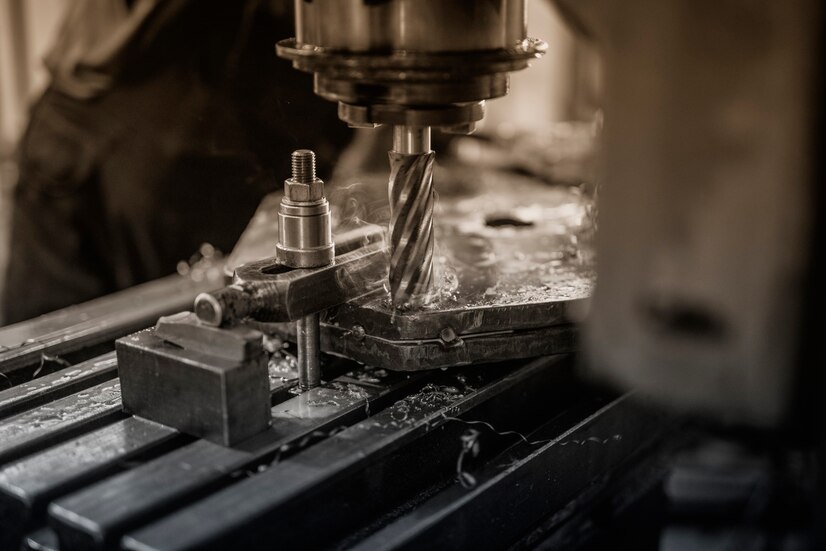Meta: It’s not just random letters! “Die cast” has a history. Explore the evolution of metalworking and mold us to understand why this metal shaping process is called die casting.
The seemingly simple term “die cast” has an interesting origin story rooted in the history of metalworking and the evolution of the process itself. Here’s a dive into why die casting is called what it is:
The Role of the Die: A Tool by Many Names
The word “die” in die casting refers to the crucial mold cavity that defines the final shape of the cast part. However, the term “die” has a broader meaning within metalworking, encompassing various tools used for shaping metal. Here’s a glimpse into the historical usage of “die”:
Coining Dies: The earliest use of “die” likely stemmed from coining processes ofmold manufacturer China, where two engraved dies were used to stamp designs onto metal blanks to create coins. This association with shaping metal through a fixed form laid the groundwork for the term’s use in die casting.
Forging Dies: In forging, dies are used to shape metal through hammering or pressing. While the deformation mechanism differs from die casting, the concept of a tool shaping metal remains a common thread.
Evolution of Metal Shaping Techniques:
Throughout Die casting China history, metalworkers have continuously developed techniques to create desired shapes. Here’s how these techniques connect to the naming of die casting:
Sand Casting: An older metal casting technique, sand casting utilizes a mold formed from packed sand. This mold is destroyed after each use. Die casting, in contrast, employs a reusable metallic die, offering a significant advantage in terms of production speed and consistency. The distinction between a single-use sand mold and a permanent metallic die might have contributed to the term “die casting” to differentiate it from older methods.
Investment Casting: Another metal casting process, investment casting, involves creating a detailed wax pattern that is then encased in a ceramic mold. This mold is subsequently fired, burning out the wax and leaving a cavity for molten metal. Similar to sand casting, the investment casting mold is destroyed after each use. Die casting, with its reusable metallic die, stands in contrast to these expendable mold techniques.
The Uniqueness of the Die Casting Process:
Die casting offers a unique combination of features that distinguishes it from other metal shaping methods:
High Pressure: Unlike techniques like forging or investment casting, die casting utilizes high pressure to force molten metal into the mold cavity. This pressure ensures complete filling and minimizes porosity within the cast part.
Reusable Die: The core aspect of die casting lies in the reusable metallic die. This permanent mold allows for high-volume production of identical parts with a high degree of accuracy and repeatability.
Rapid Solidification: Due to the high thermal conductivity of metals, molten metal cools and solidifies rapidly within the die casting mold. This rapid solidification contributes to the process’s efficiency and ability to produce near-net-shape parts.
Why “Die Casting” Makes Sense:
Considering the historical context and the unique characteristics of the process, the term “die casting” becomes quite fitting. Here’s a breakdown of why it accurately reflects the essence of the technique:
Emphasis on the Die: The metallic die is the heart of die casting, defining the part shape and enabling its high-volume production.
Distinction from Other Casting Methods: The term “die casting” differentiates this process from other casting methods that use expendable molds.
Focus on Shaping Metal: Similar to forging dies, the die in die casting plays a crucial role in shaping molten metal into a desired form.
Conclusion:
While seemingly straightforward, the name “die casting” carries a legacy within the metalworking world. It reflects the essential role of the reusable die, the high-pressure injection process, and the distinction from other casting methods. As die casting continues to be a vital manufacturing technique, the name serves as a constant reminder of its unique capabilities in shaping the metal world around us.
Additional:

